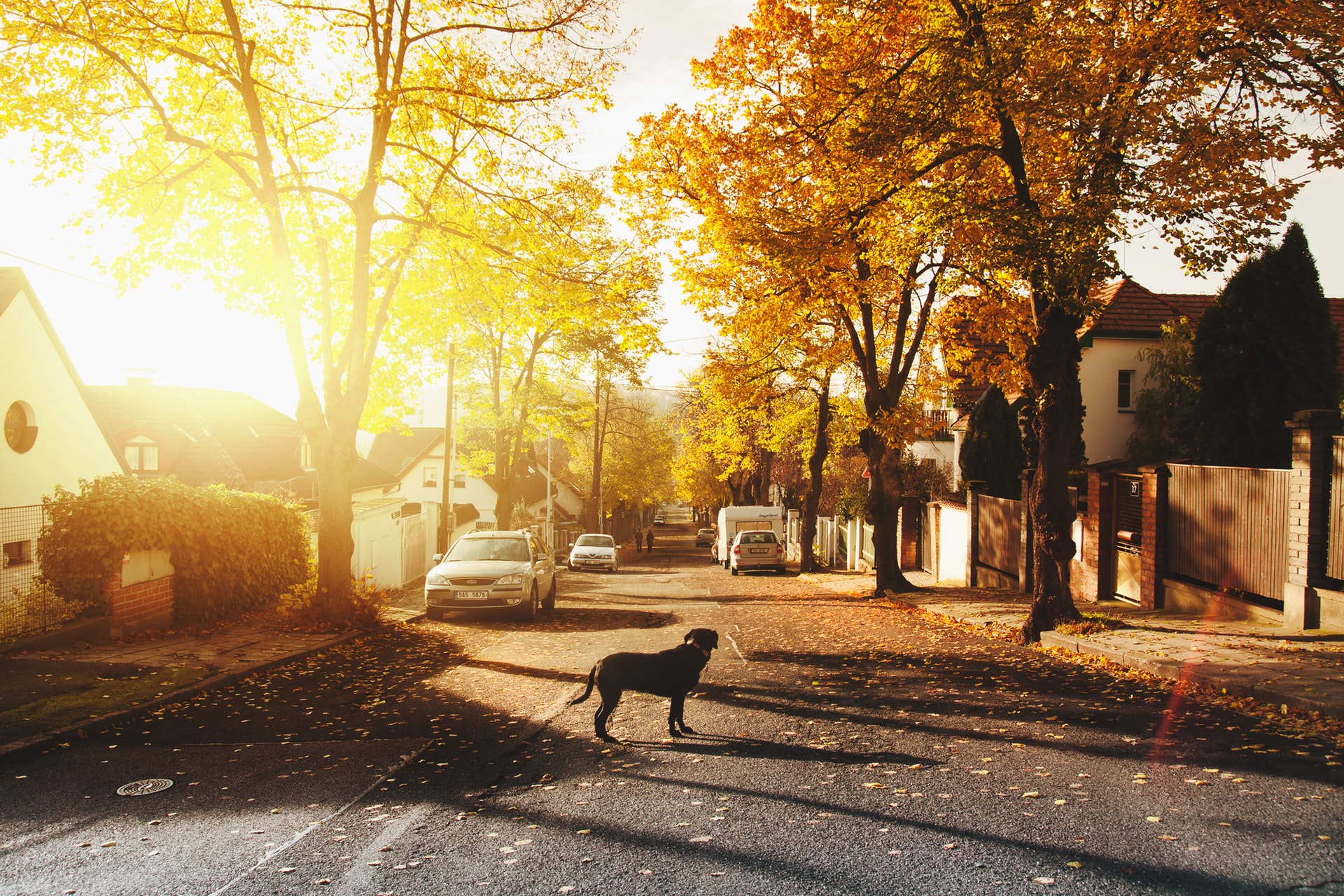Trees create atmosphere, shade & protection from the elements. Read this valuable guide on choosing the right tree in your area for 2021.
Choosing the right tree in your area means also choosing the best tree for your yard. The climate where you live plays an integral role in your decision-making process. Considering the size, purpose and cost of the tree is also important. Trees create atmosphere, shade for your home and protection from the wind and rain.
A well-suited tree is likely to sustain beyond your living years and also increase the value of your home. Maximizing the square footage in your yard and matching up all needs with the best possible tree requires research and guidance from a professional arborist. Additional online resource sites are also available. Read ahead for a valuable guide on choosing the right tree in your area today.

Climate
A well-suited tree is likely to sustain beyond your living years. The oldest living organism on the planet is actually the Great Basin Bristlecone pine tree, which is indigenous to limestone-saturated areas in the western U.S. located approximately 10,000 feet above sea level. While such a climate is not conducive to regular living conditions, it is important to choose a tree based on the climate in your region. For example, trees native to the Northwest include the vine maple, Saskatoon serviceberry and pacific dogwood. The green hawthorn and pawpaw are native to the Midwest. Southeast native trees include the eastern redbud and flowering dogwood.
Elements of climate go beyond temperatures and seasonal changes. For example, the soil conditions in your region also impact the type of tree best suited for your lawn. The types and amounts of pests, insects and probability of diseases are also related to the climate where your tree will live.
Purpose
The purpose of your tree is closely related to the climate in your area. This is especially true if your tree is meant to provide protection from seasonal elements or grow fruit. What is the intended purpose for your new tree?
A shade tree is planted to shade part of your home or roof from intense sunlight. Shade trees serve the dual purpose of keeping your house cool and energy bills down, while also creating cool shade in your yard for family visits or relaxing rest periods after lawn mowing or other activities. A few of the most popular shade trees include:
-
Maple
-
Ash
-
Beech
-
Sycamore
-
Sourwood
Is your tree meant to be decorative? Specimen /ornamental are often planted in isolation from other trees and shrubs to enhance the visual appeal of your yard. Specimen/ornamental trees grow beautiful flowers, unique berries and uncommon foliage. They also grow into unusual shapes with interesting patterns and colors on their bark. Popular specimen/ornamental trees include the Japanese maple, willow and magnolia trees
Street trees are strong, tough and resistant to poor conditions. Street trees are used to create a line between your property and the street as well as provide shade on the edge of your property lines. Windbreak/screening trees are used to protect your home and property from extreme weather-related elements. Fruit trees are planted to provide seasonal fruits and attractive seasons blossoms. Hearty street trees include the might oak and elm trees. Common windbreak screening trees include the arborvitae, fir and holly. Popular fruit trees planted in the U.S. include apple, cherry, orange, plum and pear.
Size, Weight & Shape
The size of its tree includes its height and width. The weight of a tree is equally important when choosing the best tree for your yard. The final shape of your tree is also essential to research before buying a tree for your yard. Size, weight and shape also relate to purpose. For example, a tall thin evergreen might provide a screening barrier between adjacent buildings.
Is your tree meant to shade a sizable portion of your home from intense summer sunlight? The size, shape and canopy of the tree must have final growth dimensions suitable to their purpose. How heavy your tree becomes is also crucial to making the best decision for your yard and also for protecting your property. A tree too-easily blown around might lose branches and do damage to your home. In worst-case scenarios the tree might even break somewhere on its trunk and fall, crushing part(s) of your home.
Choosing size, shape and canopy of your tree is also dependent upon the amount of space and light available in which for it to grow. A tree denied the required amount of light might grow to be unhealthy and die prematurely or be more susceptible to damage/breakage. A tree planted in a space too small for its growing needs might grow into, under and/or through your home in precarious ways
Maintenance
How much will your tree cost to maintain? How much time will you spend maintaining it? Questions regarding tree maintenance are important to answer prior to purchasing a tree for your yard. The amount and type of debris your tree drops is important to take into consideration prior to making commitments. Are you committed to cleaning up after your tree either seasonally or year-round as needed? Tree trimming and tree removal services come at a price. The average cost of tree removal and other tree-related services for a single tree in the U.S. is just over $400. Prices range higher and lower based on your location, the size/type of the tree, damages sustained and more. Prior to buying a tree for your yard it is important to research all potential maintenance issues, costs and requirements to be certain the purchase is the right one for you.
Popular Online Tree Sellers in 2021
Popular online tree sellers are available in 2021. While many high quality local options also exit, many online companies deliver locally, regionally and even through mail-order services. A list of some of the most popular online tree sellers in 2021 includes: